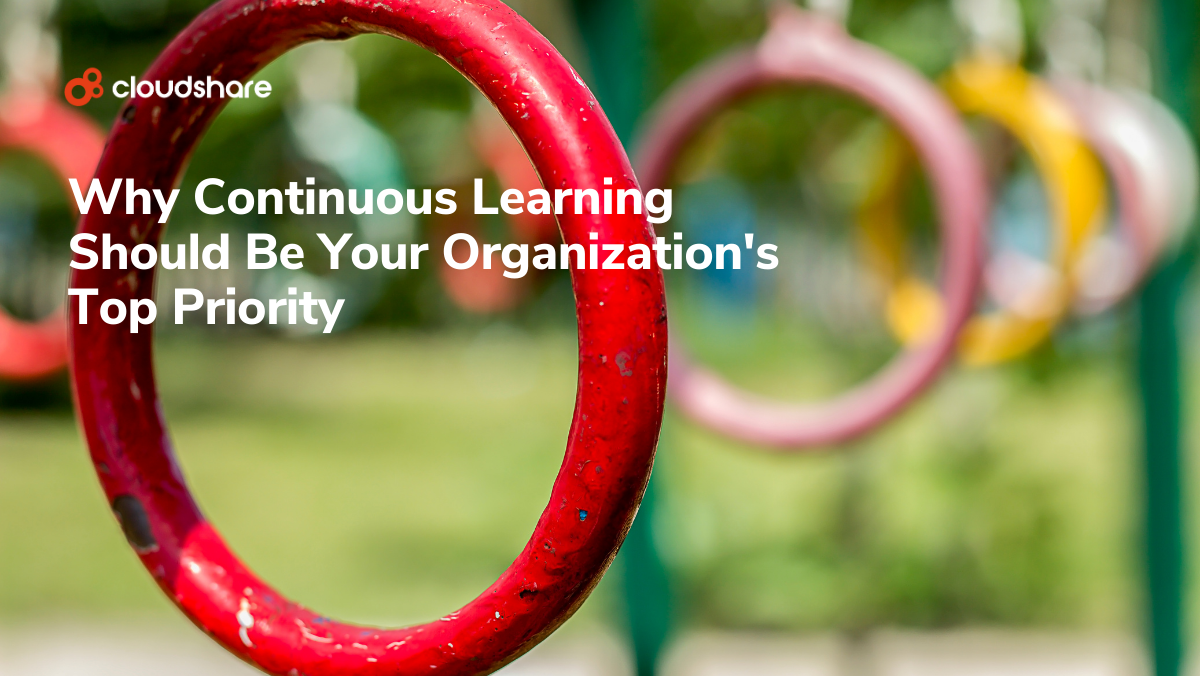
Though virtual training has given way to blended learning in recent years, its benefits are still clear to anyone who’s been paying attention.
Chief among these is the capacity for scale. Whereas in-person training is limited by travel time and classroom capacity, virtual instructor-led training (VILT) solutions allow participants to connect from anywhere, even if they’re halfway around the world.
Unfortunately, many businesses can’t enjoy the full benefits of this accessibility. The problem has nothing to do with their approach — it’s tied to the limitations of their VILT tools. Simply put, they lack the capacity to support multi-region VILT.
What is VILT?
Virtual instructor-led training (VILT) is essentially a virtual simulation of a classroom or in-person training session. Interactions between student and instructor take place entirely within this digital environment. It provides a more focused and interactive alternative to eLearning, which is essentially just the sharing of digital information.
VILT is typically delivered via an Internet connection, though it may also take place over a local area network. Many VILT platforms also provide a range of interactive features, including over-the-shoulder view, integrated chat, screen sharing, and integrated video.
What is Multi-Region VILT?
Multi-region VILT refers to the capacity of a virtual training solution to run across multiple regions without any loss in performance. This functionality aside, it runs more or less identically to standard VILT. In addition to software training and customer onboarding, multi-region VILT can also be used for proof of concept demos, stales demos, and sandboxing.
So, what did training look like before multi-region VILT? It wasn’t all smooth sailing. Here are just a few common challenges:
- Students in different regions of the world would often experience poor latency
- Instructors would need to duplicate environments for each region, wasting both resources and time
- Data from multiple regions wouldn’t sync, creating disparate data sources that directly impacted decision making
The good news: multi-region VILT solves all of these challenges and more.
The Benefits of a Multi-Region VILT Implementation
Multi-region VILT offers all the same benefits as standard VILT.
It’s significantly less expensive than traditional in-classroom training, as the company need not pay for travel expenses, accommodations or a venue. Instead, training takes place entirely online. This also means multi-region VILT is accessible to learners who might otherwise be unable to attend.
Multi-region VILT is also both more efficient and more engaging. It allows for easy delivery of interactive, hands-on features while also eliminating much of the setup time associated with typical in-classroom education. Built-in analytics, meanwhile, provide deeper insights into student performance, allowing instructors to proactively reach out to anyone who appears to be struggling.
These analytics tools also allow companies to take a data-driven approach to their training program, eliminating shortfalls and identifying opportunities for further optimization while also providing a real-time view of progress towards overarching training goals.
Where multi-region VILT distinguishes itself, however, is in scalability. Whereas standard VILT requires an organization to run separate events in each region for performance purposes, multi-region VILT supports multiple regions and time zones. This allows businesses to reach a much larger audience with their training, scaling with their program while ensuring they can still deliver an impactful experience to every user.
Other benefits of multi-region VILT include:
- Saving time and effort by easily duplicating experiences between regions.
- Providing a better experience by automatically connecting users to the optimal environment based on their location.
- Faster setup of custom experiences through multiple templates.
How the Multi-Region VILT Model Works
CloudShare’s virtual training labs exist entirely within the cloud, supported by data centers in multiple regions around the world. This means that no matter where your attendees are located, they can connect to your training sessions without worrying about bandwidth or performance. Additionally, CloudShare also allows you to seamlessly copy environment snapshots between multiple regions, ensuring that if you do need to run region-exclusive events, you can do so with consistency.
Access a Full Walkthrough of VILT Best Practices
Whether you want to run virtual training sessions in a single region or connect with trainees across multiple time zones, CloudShare has you covered. Our flexible software allows you to effortlessly deliver memorable, engaging experiences to any audience and at any scale. Of course, we also recognize that our software is only part of the equation.
Even the most powerful tool will fall flat if you don’t understand how to use it, after all.
With that in mind, we recommend you begin by taking a look at Best Practices for Instructor-Led Training in an Enterprise Environment, a blog post that offers a high-level primer on what’s involved in a successful VILT implementation. Once you’re done reading that, check out 51 Best Practices to Optimize your Customer Software Training. Although largely geared towards developing a systematic approach to customer training, our best-selling guide nevertheless contains insights valuable to nearly any training program.
Of course, even if you’ve done everything right up to this point, there’s another hurdle you might find difficult to overcome. It’s the most common roadblock to nearly every training program, virtual or otherwise — learner engagement. That’s why, if you’re still struggling, you should check out our eBook How to Leap the Hurdle of Learner Engagement.
Provided you’ve gone through every piece of recommended content thus far, you’ll have developed an understanding of VILT, the nature of the engagement hurdle, and what you can do to blast through it. We’ve one final recommendation before we wrap things up: 9 Best Practices to Deliver Effective VILT Your Learners Will Love.
In this eBook, you’ll learn:
- Why remote training is so effective.
- The advantages of online classrooms.
- Even more practical tips for developing an engaging, successful training course.
Once you’re done going over all the material above, there’s just one final task ahead of you — getting in touch with CloudShare to see what our software can really do for your organization’s training program.




